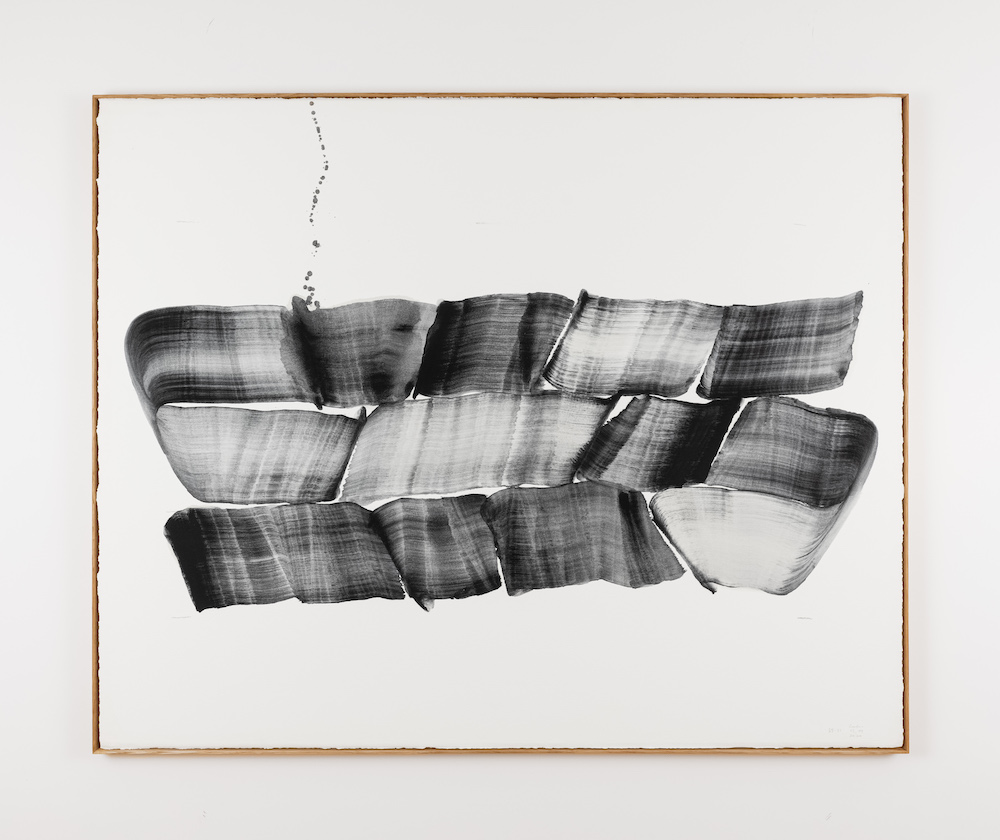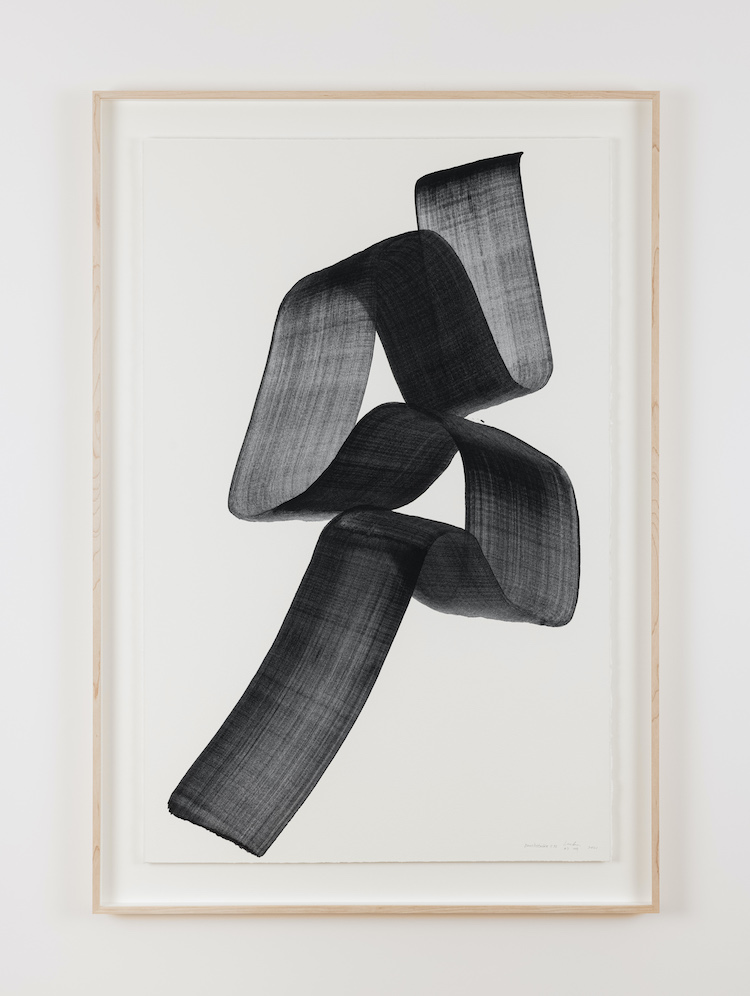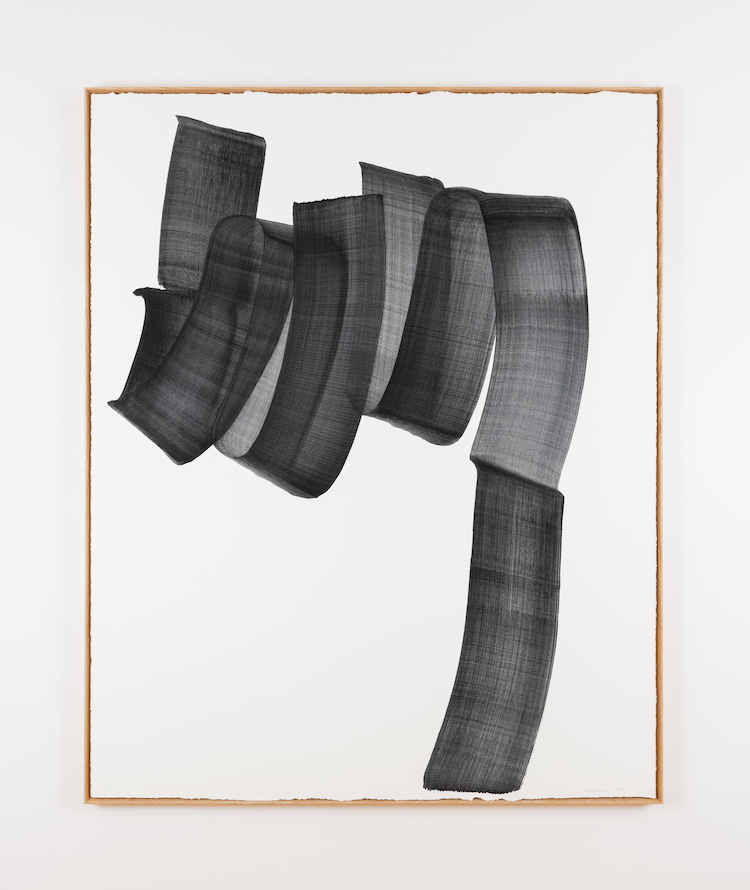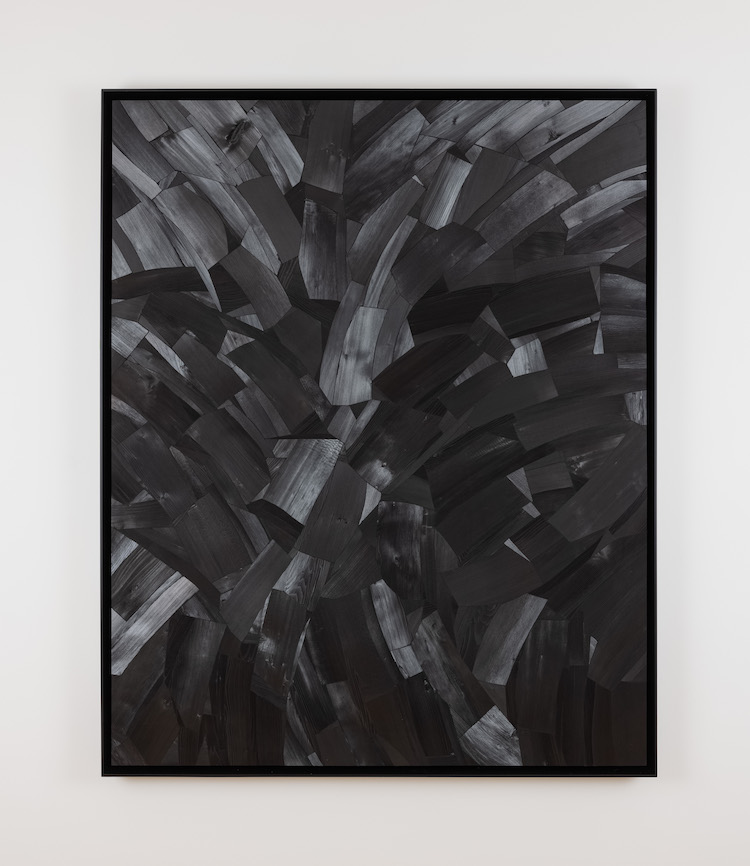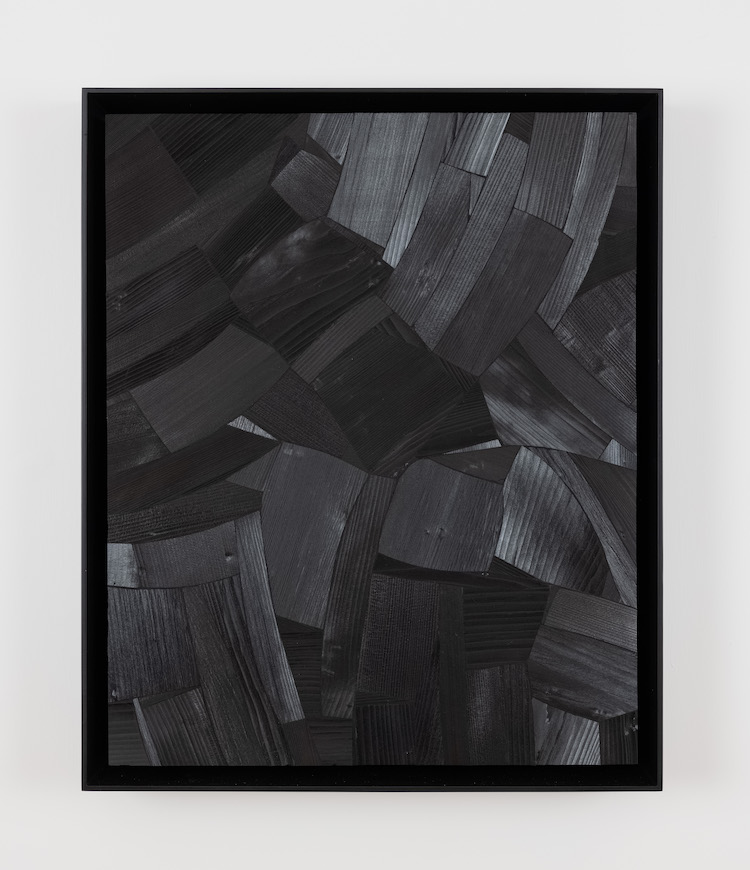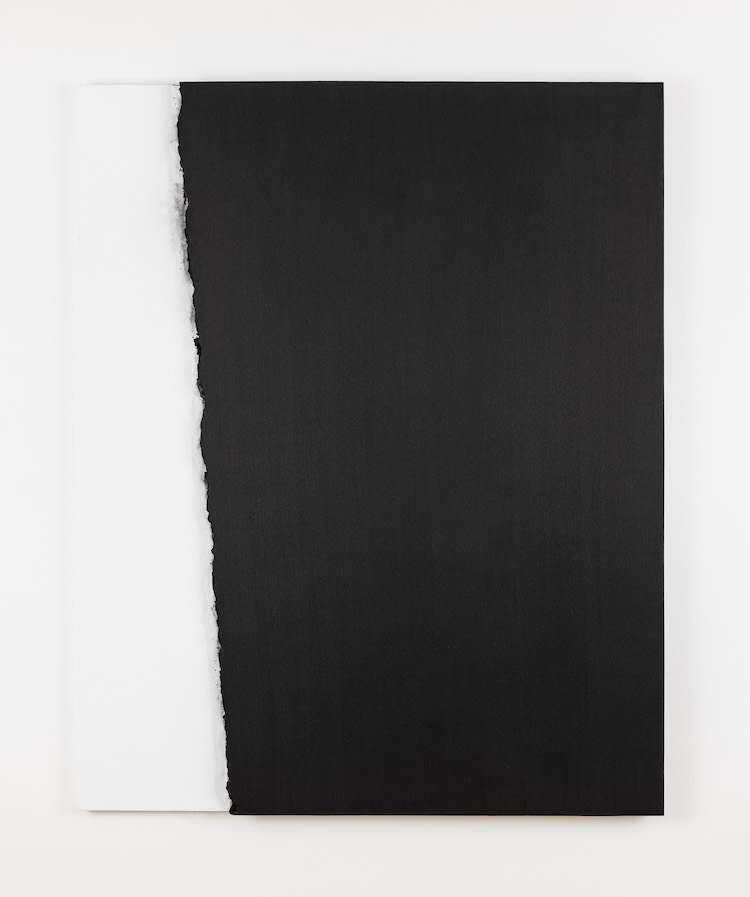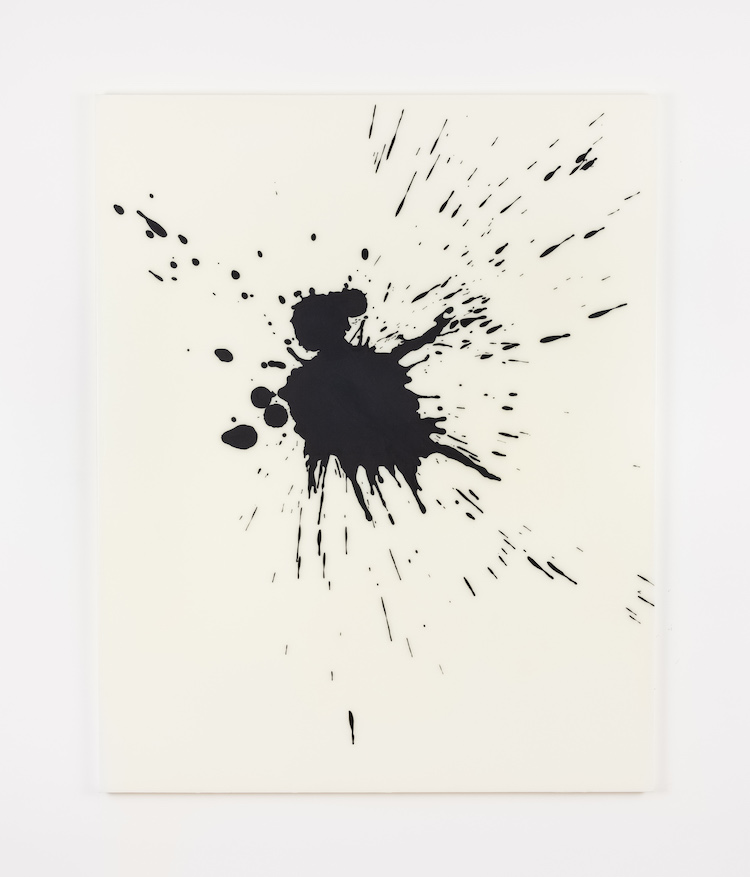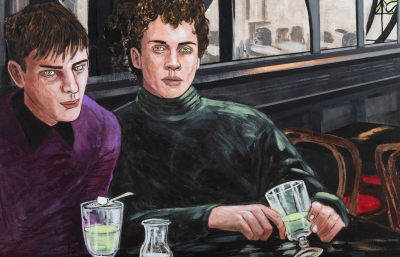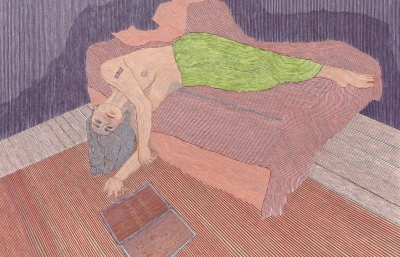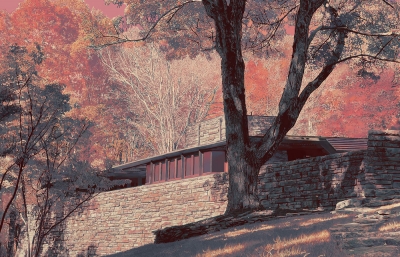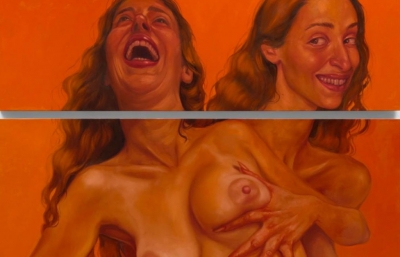Perrotin Hong Kong is pleased to present Paradigm of Charcoal, a solo exhibition from Korean artist Lee Bae, based in Paris, France, and Cheongdo, South Korea. It is Lee Bae's fourth solo exhibition with the gallery to visualize his decades-long affinity for employing charcoal as the artistic material and celebrate his experimental and contemporary approach to monochrome.
Lee has been employing charcoal rather than paint in his artistic practice since his move to Paris at the end of 1989, and this ubiquitous material that is deep-rooted in Korean culture allows him to reconnect with his heritage. In Korean folk culture, charcoal is believed to possess the power to keep out evil forces and is sometimes offered as a deity gift in household rituals; in a practical perspective, charcoal is used during house construction as an effective dehumidifier. It is in this vein that Lee rediscovered peace and continued to create works of art using a material that symbolized his early days living in Paris and his motherland.
As members of a dynamic art movement born in South Korea in the 1970s, the Dansaekhwa pioneers avoid referencing Western realism, breaking away from Japanese imperialism, and primarily creating meditative monochrome paintings. Behind Dansaekhwa is a pursuit of spirituality and transcendence that requires strict discipline that one can similarly find in Buddhist practices. Compared to the conventional Western thinking of the body-mind split, Korean monochrome painting deeply involves intense physicality during the creative process and emphasizes the importance of the oneness of self and materiality. Such not only represents a great deal of Asian philosophy but also influences post-Dansaekhwa artists, and Lee Bae is also no exception. In education, Lee not only studied under Park Seo-Bo, one of the great founders of the Dansaekhwa movement but also moved to Paris to hone his artistic skills at the behest of his mentor Lee Ufan, another pioneer and internationally recognized Dansaekhwa master. Besides, just as many other post-Dansaekhwa artists who have studied in the United States and Europe, Lee does not only regard art as a praxis of self-contemplation; but also as an agent to represent the artist’s consciousness, revealing a different stream of thoughts compare to the first-generation artists. Lee’s peculiar use of charcoal in his body of works demonstrates how second-generation artists deepen the groundbreaking nature of Dansaekhwa by experimenting with idiosyncratic materials and media.
One will first be mesmerized by a powerful and energetic work from Lee’s Untitled series when walking into Perrotin Hong Kong’s gallery space. The large, organic splash of black ink on canvas becomes the musical notes of a grand prelude that enchants viewers to delve into the artist’s charcoal-infused world. Turning left to the first gallery room, viewers will see Lee Bae’s minimal yet iconic Brushstroke series showcasing against the dark grey walls. In this body of work, Lee employs charcoal in the form of ink painting, reinterprets classical practices of Korean calligraphy, and represents such a timeless genre in a contemporary and elegant approach. Lee employs the residue of powdered charcoal as ink; in quiet contemplation, he paints in one gestural stroke, or several, on the paper. Besides painting in black, which represents solidity and materiality, he also masterfully leaves a great deal of white space in the work that signifies emptiness, visualizing the equilibrium and cycles of life in front of our eyes. The ‘void’ that Lee incorporates in the paintings is one of the essences in Korean art. Such stylistic choice not only “...encompasses Asian values that contrast with the logocentrism and materialism of Western philosophy”, but also “...signifies a world, which is empty and yet filled with elegance and compels viewers to see the horizon of life anew…”, just as Lee Joon, Deputy Director of Leeum, Samsung Museum of Art mentioned in 2007 1. This explains why viewers project the spiritual hologram of self-perception and self-realization when they gaze into the artist’s ink paintings as if the pulsating brushstrokes put them into a trance. To further explore Lee Bae’s Brushstroke from a spiritual perspective, the ancient Taoist philosopher, Laozi (Lao Tzu) once said the following in Tao Te Ching (a fundamental text for both philosophical and religious Taoism which translates roughly to “the way of integrity”) that resonates with the ink paintings: “Know the White, but cleave to the Black.” Even if one is under the light and possesses prestige and power, one should humble themselves and remind there is no end to self-improvement and self-actualization. Through his precise use of blackness and whiteness, Lee leaves his loci of energy, or qi, on his ink paintings; and presents his worldview through the seamless and rhythmic brushstrokes.
Viewers will then be dazzled by Lee’s iconic series, Issu du feu, which in English means ‘from fire’, when they walk further into the other side of the gallery space. In this exhibition room, Lee demonstrates his commitment to traverse the constrictions of artistic genres, which presents a distinct form of sculptural painting. In this series, the artist takes a labor-intensive approach: He first cuts hundreds of iridescent charcoal pieces that are produced in his kiln in Cheongdo, composes them onto the canvas, and then grinds the surfaces exhaustively. When displayed under various angles of lights, the work reflects an infinite spectrum of blackness, just as Lee often describes – blackness is the totality of all colors. It is as if Lee names this series as such not just because charcoal is produced through combustion but also as his act of strenuous polishing on the material allows the works to radiate sublime luminescence.
Juxtaposing the Issu du feu works are two monumental, charcoal-surfaced Landscape paintings. Similarly, Lee experiments with materiality and adopt groundbreaking methods to present picturesque manifestations. He first creates a layer of matt, black charcoal shards, breaks it to attain a naturalistic outline, and arranges it on a white-colored canvas. To reveal the beauty of charcoal in a compact form, Lee also textures the black color surface with rough sandpaper. While the charcoal shards represent a heavy, light-absorbing space, it organically dissolves into the white-colored negative space. Colliding such dualisms is not to see life and nature in binaries, but to realize the concept of co-existence, which if one does not cast a shadow, one is not under the light.
When sentient beings perish from the material reality they transform into charcoal after decaying, becoming an essential energy source for the succeeding generations. Lee Bae’s series of works narrate such teachings of charcoal and envisages the metamorphosis of life through the forms of sculptures and paintings, guiding the viewers to his world of tranquil blackness. —Cusson Cheng, Curator and art critic



